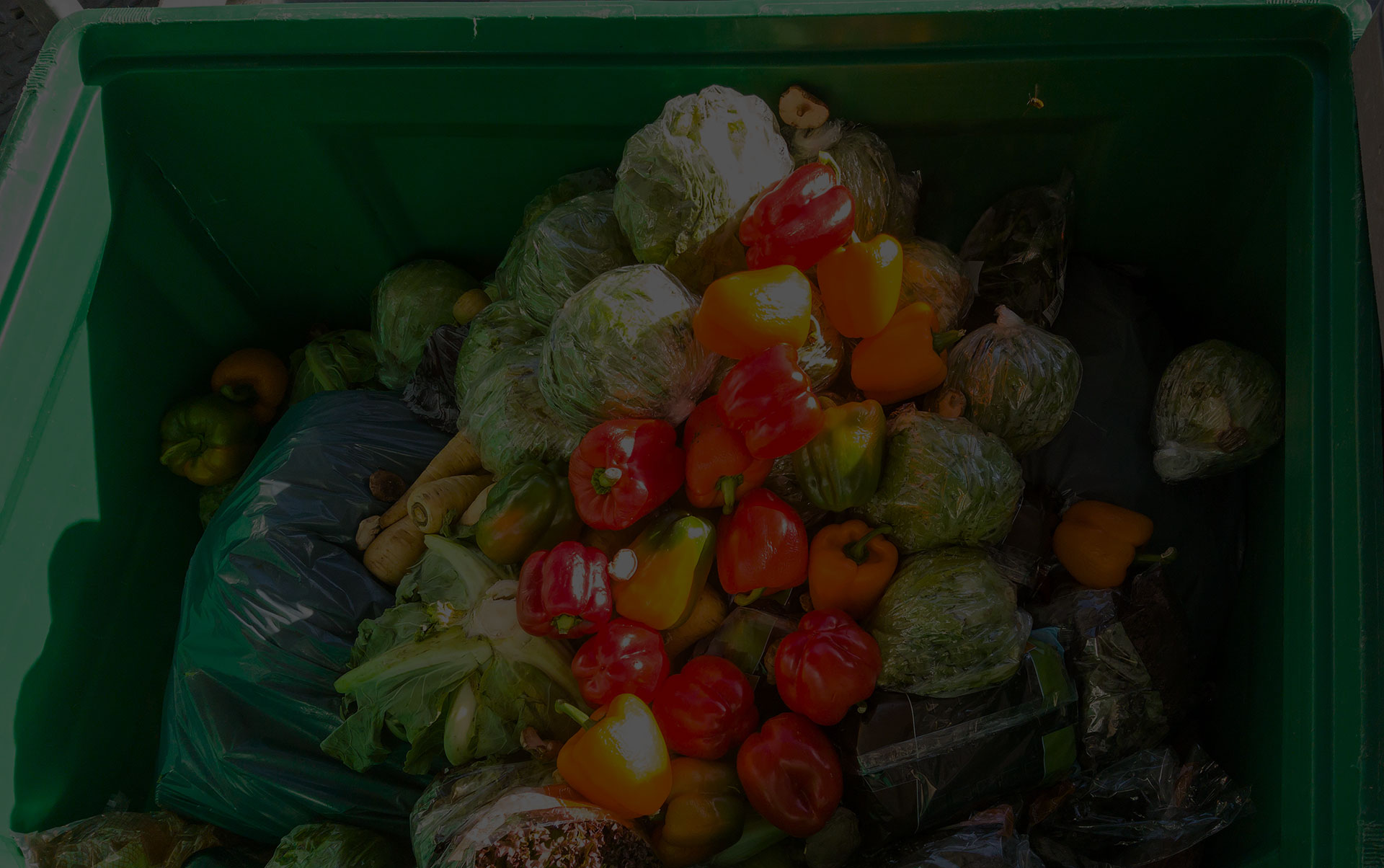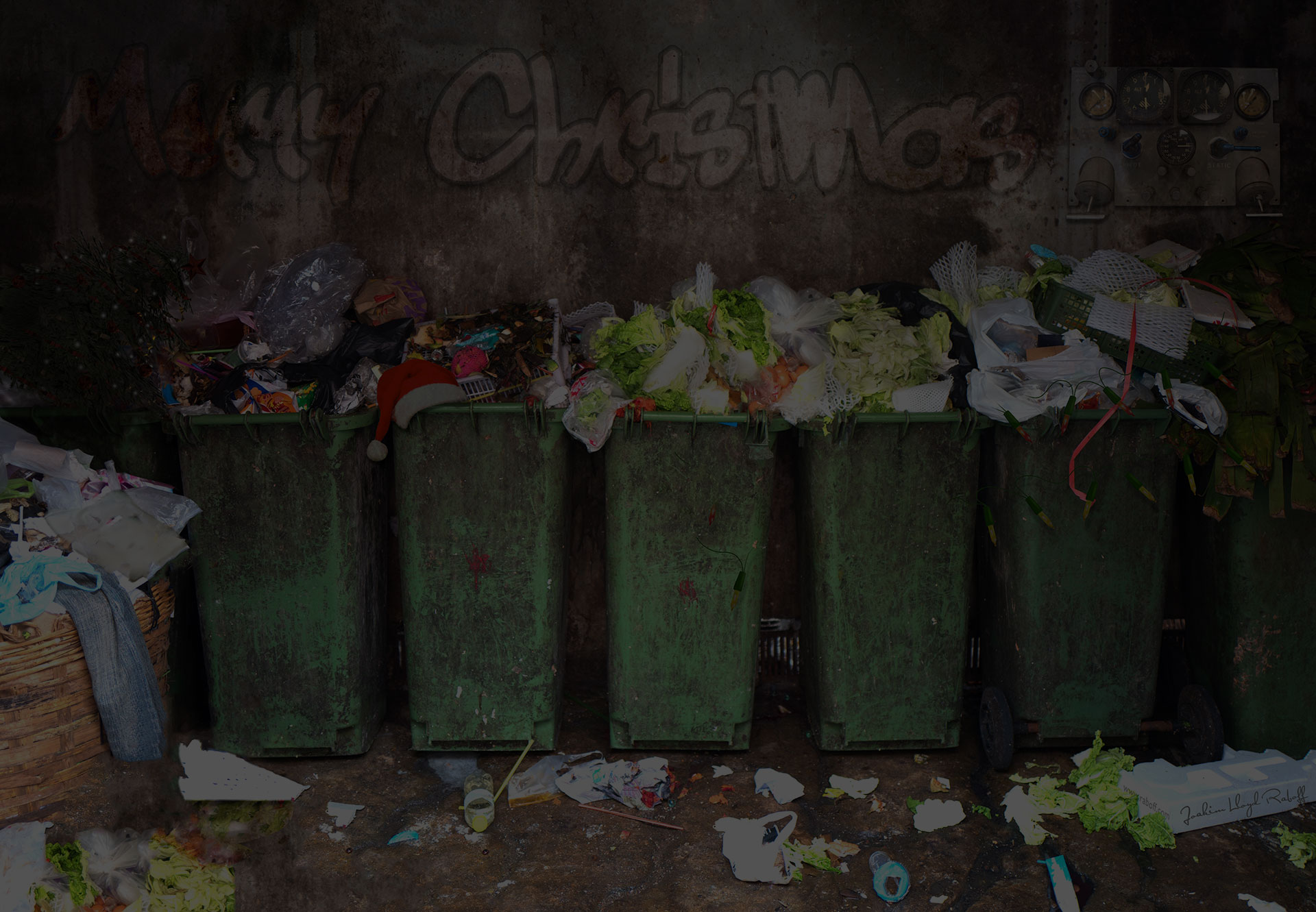According to some studies, 30-40% of the edible food available in the U.S. is wasted. Food losses increase the carbon footprint of the average American diet by 39%.
In a recent Washington Post article (June 17, 2019), food waste in landfills generates dangerous greenhouse gas along with wasting resources such as growing, packaging and transporting the food.
The United States could fill a college stadium with the amount of food it wastes … in one day.
To tackle this problem, the EPA announced the first U.S. food waste reduction goal, calling for a 50% reduction by 2030.
Where does packaging fit into this? “Better” packaging increases shelf life and delays the spoilage process. Studies show Increasing shelf life decreases the likelihood that food will be wasted.
Packaging’s Influence on Food Waste
Beyond extending shelf life and delaying the spoilage process, food packaging offers protection (from bruises and/or crushing) and physical/chemical protection. But a focus on reducing food waste is only one part of our responsibility.
Packaging Optimization Strategies
In addition to targeting a reduction in food waste, here are a few other areas that food packaging vendors and suppliers ought to consider for their overall positive environmental impact.
At Packaging Resources we remain committed to offering responsible packaging options that respectfully balance environmental concerns with the economic realities of your business.
Subscribe to our mailing list
Comments are closed.


